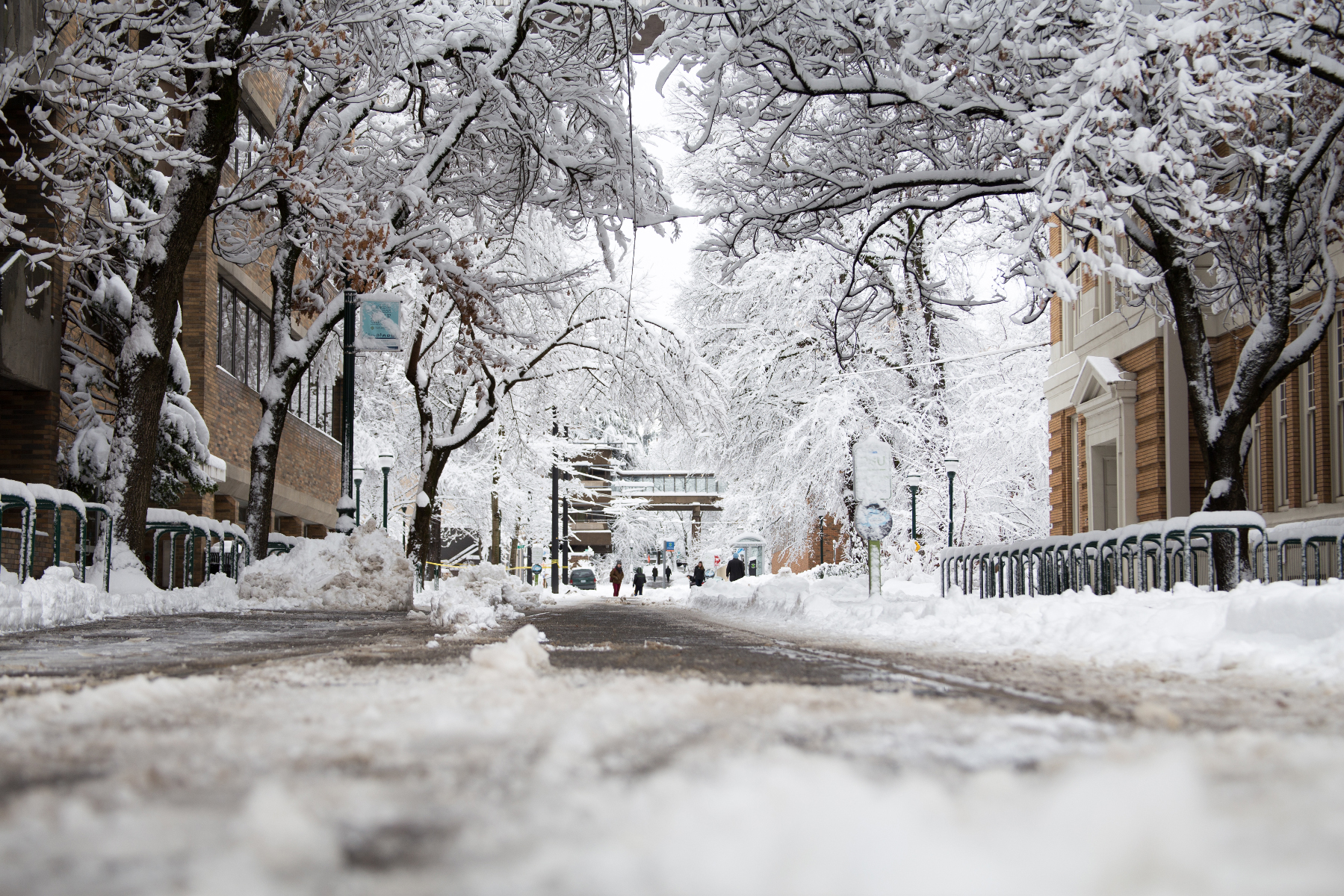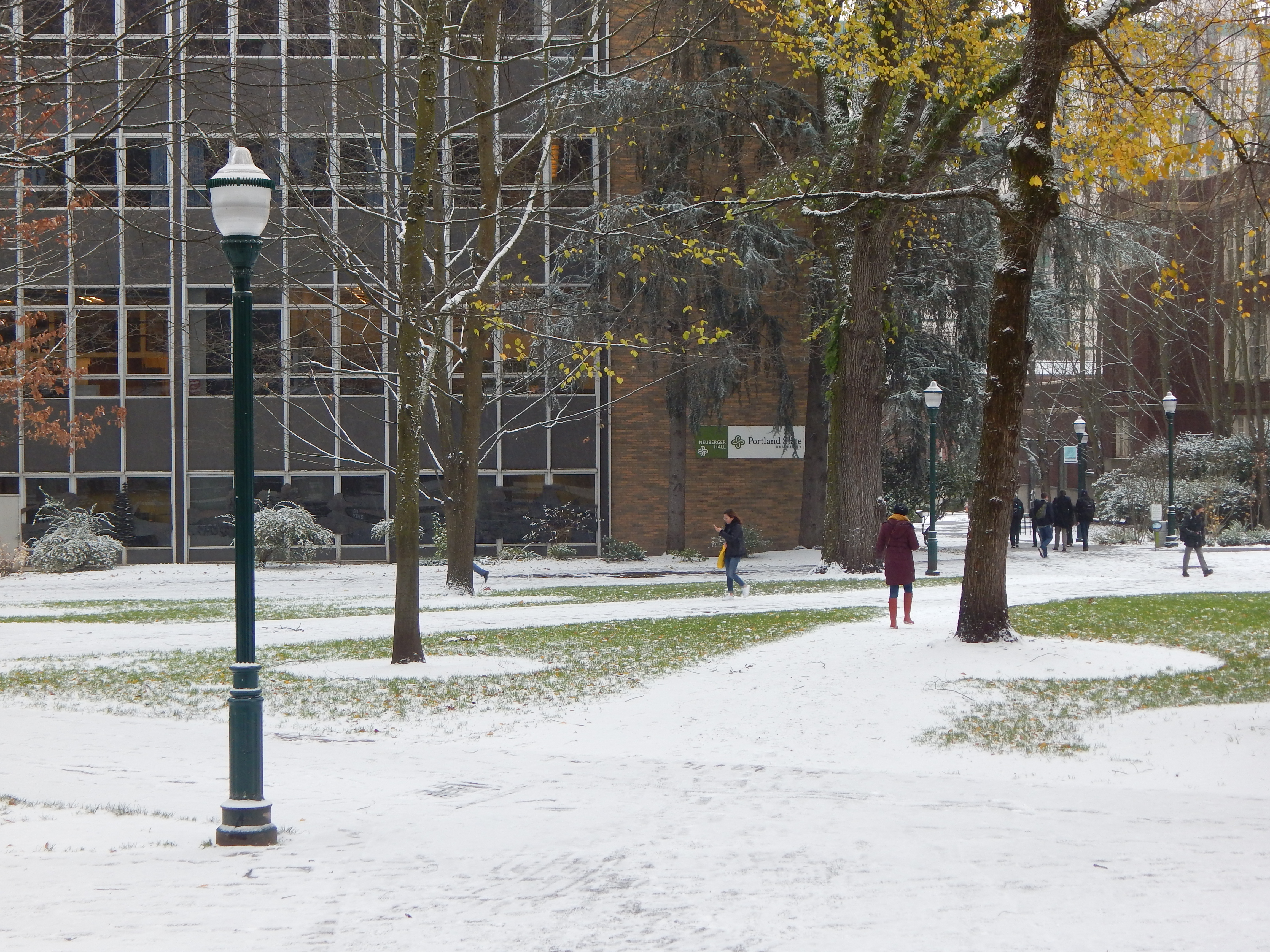The issue of Eskimo vocabulary and its numerous words for snow, known as “the Great Eskimo Vocabulary Hoax,” has become something of an urban legend and remains hotly contested by linguists.
According to NPR, the term Eskimo in and of itself is sometimes considered derogatory due to its history of usage in a racialized manner, though the Alaska Native Language Center at the University of Alaska Fairbanks attributes its derivation from an Ojibwa term “to net snow.” In lieu of Eskimo, Inuit may be a more appropriate term.
The cliché that Eskimos have 100 words for snow became popularized after amateur linguist Benjamin Lee Whorf published his article titled “Science and Linguistics” in the Massachusetts Institute of Technology promotional magazine Technology Review. Whorf’s findings referenced anthropological linguist Franz Boas’ Handbook of American Indian Languages where Boas noted the differences between English and Inuit languages, specifically the distinct roots for snow in the Inuit language such as aput—“snow on the ground,” qana—”falling snow,” piqsirpoq—”drifting snow,” and qimuqsuq—”a snow drift,” whereas English uses phrases containing the root snow.
Whorf misconstrued Boas’ wonderment on the Inuit’s polysynthetic construction of words with what he believed was derived from a cultural necessity for more specific descriptors.
“We have the same word for falling snow, snow on the ground, snow packed hard like ice, slushy snow, wind-driven flying snow—whatever the situation may be,” Whorf stated in his book Language, Thought and Reality. “To an Eskimo, this all-inclusive word would be almost unthinkable; he would say that falling snow, slushy snow, and so on, are sensuously and operationally different, different things to contend with; he uses different words for them and for other kinds of snow.”
Whorf’s findings are deemed problematic according to Dr. Laura Martin in her case study “Eskimo Words for Snow,” noting that Whorf expands Boas’ four terms to seven without sourcing the other three. His claims about the English language are also false as there are several words to describe different states of snow, such as slush, sleet and blizzard.
The myth was perpetuated by a continuous succession of popular language books such as Words and Things by Roger Brown that referenced Whorf and further misrepresented Boas’ initial findings. The sources went from second hand in citing Whorf to third hand with further works referencing Brown. Whorf’s assertions, although faulty, became a common example of the “inextricable linkage between language culture and thought,” as stated by Martin and serves as one of the first examples emphasizing the importance setting and cultural interest had on language structure.
Anthropologist Igor Krupnik, building off Boas’ work, supports the assertion Eskimo languages do in fact contain more words for snow than English and has documented over 70 terms for ice in the Inupiaq dialect of Wales and Alaska, 40 descriptors for snow in the Central Siberian Yupik language and 53 terms in the Inuit dialect spoken in Canada’s Nunavik region. Furthermore, researchers at Berkeley noted people from warmer climates where snow is less relevant tend to have fewer words for snow and ice, sometimes even using one to describe both phenomena, as is the case with the Hawaiian word “hau” and the Arabic word “thalj.”
In the case of Eskimo and Inuit peoples, the need to differentiate between the types of terrain is vital to their survival. “These people need to know whether ice is fit to walk on or whether you will sink through it,” said linguist Willem de Reuse of the University of North Texas as quoted by The Washington Post. “It’s a matter of life or death.”






